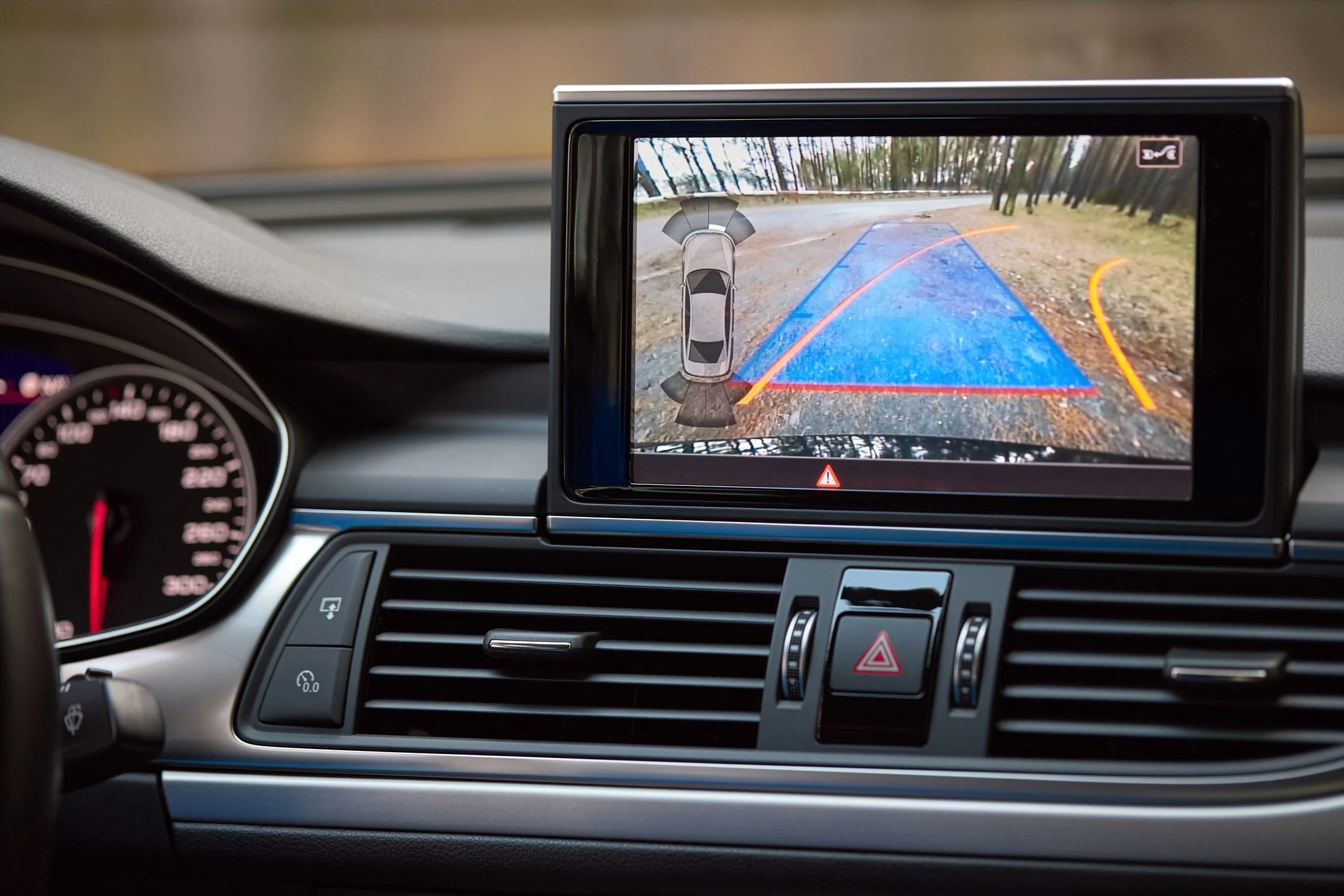Over the years, car safety has advanced significantly, transitioning from basic protective measures to sophisticated systems designed to actively prevent accidents. With the growing problem of distracted driving in Australia and across the globe, these advancements have become essential in safeguarding drivers, passengers, and pedestrians alike.
Understanding the importance of modern car safety features and how they are evaluated is vital for consumers making vehicle purchases. Technologies aimed at preventing collisions and minimizing injuries continue to set new standards, reflecting the industry’s dedication to enhancing road safety for all.
The Importance of Car Safety Ratings
Australia’s Australasian New Car Assessment Program (ANCAP) plays a critical role in evaluating vehicle safety. ANCAP subjects vehicles to rigorous crash testing to assess various aspects such as occupant protection, pedestrian safety, and active safety assist features. The resulting safety ratings inform consumers about a vehicle’s performance in these areas, enabling them to make well-informed decisions and prioritize safety when purchasing a car.

Key Features of Modern Car Safety
1. Crumple Zones
Crumple zones are among the most effective and long-established safety features in modern vehicles. These structural components are designed to absorb and redirect the force of an impact during a collision. By crushing in a controlled manner, crumple zones minimize the energy transmitted to the cabin, reducing injuries and increasing survival chances for occupants. Advances in materials and engineering have further enhanced the effectiveness of crumple zones, making them indispensable in vehicle safety.
2. Blind Spot Detection (BSD)
Blind Spot Detection systems improve driver awareness by using sensors to monitor areas that are difficult to see with side mirrors. When another vehicle is detected in the blind spot, the system typically alerts the driver with visual indicators on the side mirrors or A-pillars. More advanced systems may issue audible warnings if the driver attempts to change lanes while another vehicle is in the blind spot. This feature is especially useful for preventing side-swipe accidents on busy roads and highways.
3. Obstacle Detection Systems
Obstacle detection systems use a combination of cameras, radar, and ultrasonic sensors to identify potential hazards such as pedestrians, cyclists, or animals around the vehicle. These systems warn the driver and, in advanced versions, can autonomously brake or steer to avoid collisions. In Australia, these features are particularly valuable for avoiding accidents involving wildlife, such as kangaroos, enhancing safety for both drivers and animals.
4. Automatic Emergency Braking (AEB)
A key innovation in car safety is Automatic Emergency Braking (AEB), which uses radar and cameras to detect potential collisions with other vehicles, pedestrians, or objects. If the system senses an imminent crash, it provides visual and audible warnings to the driver. Should the driver fail to act promptly, AEB engages the brakes automatically to prevent or reduce the severity of the collision.
5. Lane Departure Warning (LDW) and Lane Keeping Assist (LKA)
To address unintentional lane drifting, these features rely on cameras to monitor road markings. Lane Departure Warning (LDW) alerts the driver if the car begins to drift out of its lane without signaling, using visual, audible, or tactile warnings such as steering wheel vibrations. Lane Keeping Assist (LKA) adds an extra layer of safety by gently steering the car back into its lane if the driver does not respond to the warning.
Advanced Driver Assistance Systems (ADAS)
Modern vehicles are equipped with systems that blend safety and convenience. For instance, Adaptive Cruise Control (ACC) uses radar and cameras to maintain a safe following distance from the vehicle ahead, adjusting speed automatically to reduce rear-end collision risks. Driver Monitoring Systems detect signs of fatigue or distraction using cameras and sensors that monitor eye movement and facial expressions, issuing alerts to refocus the driver. Additionally, Traffic Sign Recognition helps drivers stay informed by identifying and displaying critical road signs on the dashboard, reducing the risk of missing important instructions.
Future Innovations in Car Safety
Emerging technologies are set to redefine road safety, with features like transparent windscreen pillars and external airbags showing great promise. Transparent windscreen pillars aim to eliminate blind spots caused by traditional designs, improving visibility at intersections and during lane changes. External airbags, mounted outside the vehicle, are designed to absorb the impact of side collisions, offering added protection for occupants and pedestrians.
The Role of ASFA Auto Care in Automotive Excellence
Proper vehicle maintenance is essential for ensuring that safety features function optimally. ASFA Auto Care has established itself as a leader in automotive services in Australia, offering expert diagnostic solutions and skilled mechanics proficient in the latest technologies. Their commitment to quality makes them a trusted partner for drivers seeking reliable repairs and maintenance.
The evolution of car safety has introduced innovative features that prevent accidents and save lives. From foundational systems like Crumple Zones to advanced technologies such as Automatic Emergency Braking and Blind Spot Detection, these advancements play a vital role in reducing road risks. With future innovations like transparent windscreen pillars on the horizon and dependable service providers like ASFA Auto Care ensuring vehicle upkeep, the future of driving continues to prioritize safety and security for all road users.

